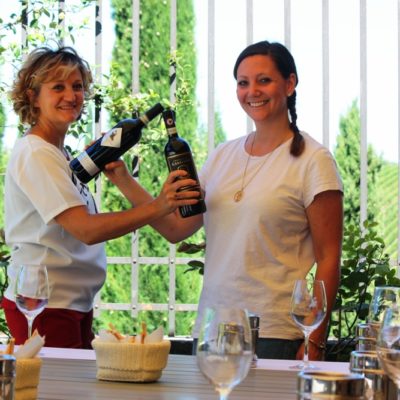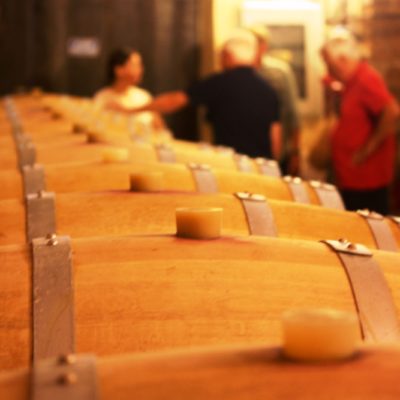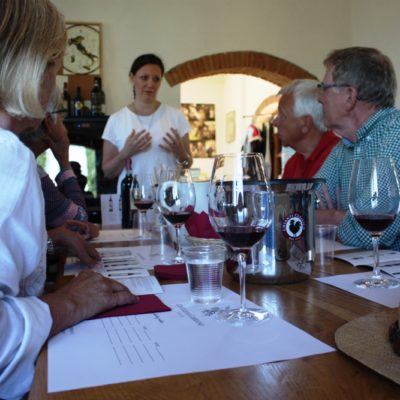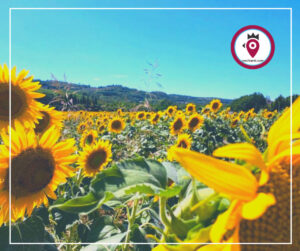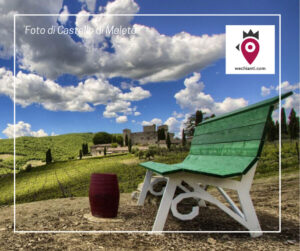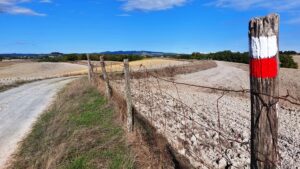Articolo disponibile anche in: Italian
The words wine tourism have been under the spotlight in recent days, thanks to the new MIPAAFT decree that regulates guided visits to cellars.
The first article states: “all training and information activities that share knowledge about wine and local wine production, are to be considered wine tourism“.
Wine tourism is synonymous with relaxing and cultural holidays, and gives visitors the chance to discover local territories and high-quality wines, which are a vital part of Italy’s economic and cultural heritage.
Wine tourism has always been an important draw to the Chianti region, thanks to two main factors: the scenic landscape – appreciated over the centuries by profound connoisseurs of beauty such as Michelangelo and Leonardo da Vinci – and the quality of the local wines, which have been increasingly appreciated over the last decades.
The picture that emerges from a questionnaire addressed to the members of the Consorzio Vino Chianti Classico shows that the Chianti Classico territory is loved by foreigners, and attracts fans of the slow tourism, offering unforgettable food and wine experiences.
The average stay is somewhere between a long weekend and a whole week (over 60% of visitors), and the tourist offering is varied: wine tastings and guided tours of the wineries (over 90% of the Gallo Nero wineries offer this service, 43% during the whole year), cooking classes (27%) educational visits (one in ten wineries) or a bike tour in the countryside.
This rich offering meets an ever-increasing need to have an authentic experience while travelling: the Chianti towns and hamlets have much to offer architecturally, from Romanesque churches to ancient fortifications, but nowadays tourists want to truly immerse themselves in the Chianti lifestyle while they’re here.
Local food and wine are very much part of the experience in Tuscany, and go hand in hand with the rediscovery of its historical roots.
Foreign tourists began appreciating the delights of the Chianti area before the Italians, so much so that it became known as “Chiantishire”, given the great numbers of English fans who lived and travelled in the area.
Today the number of foreign visitors is still higher than their Italian counterparts; 85% of the total one million and a half that visited the Chianti in 2018.
However, the provenance has changed. Today, the US holds first place with around a third of the visitors, and the figure is not surprising: 34% of the total production of Chianti wine is sold in the United States.
Germany, an historic market for Chianti Classico, shows a decline compared to the past, with the 15% of visitors. Surprisingly, more and more tourists come from France: over a quarter of wine companies have received French visitors in the last year, with an average of almost one in five visitors.
French tourists well represent the growth in the wine tourism sector. Other countries show a growing interest in wine tourism: Eastern Europe and Northern Europe: Norway, Sweden, Denmark and Finland win a significant 5% – while Russia and Poland are in pole position among the Eastern countries.
In general, tourism fully reflects the growing trend in knowledge and passion of the Gallo Nero label that has been observed on the markets in recent years: increasing wine tourism yes, but with awareness.
